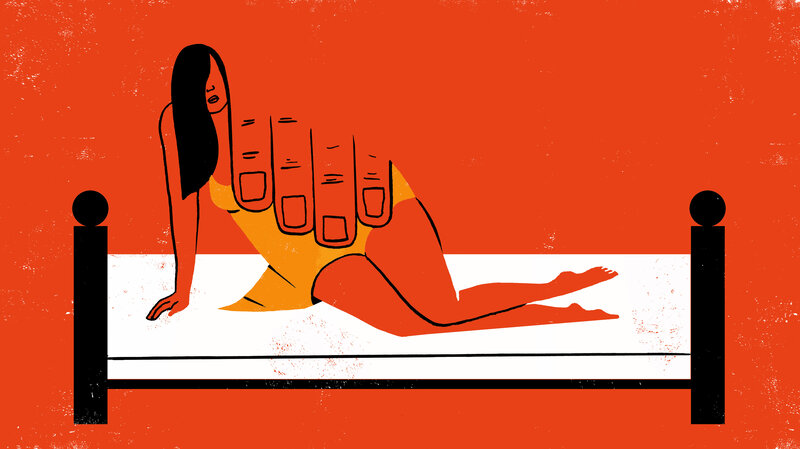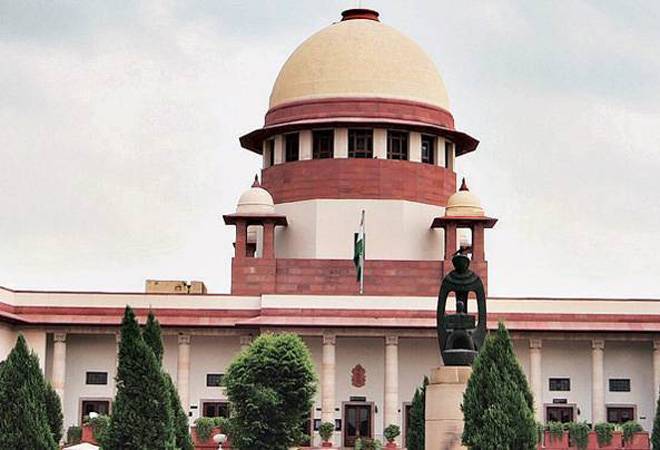Author: Sayan Dasgupta
Where there exists a property, inheritance of the same shall always be a pertinent question. An heir is a person who is entitled to receive intestate deceased’s property under the laws in intestacy. Succession can follow only after death of a person. There are two forms of succession – [i] testamentary succession (by will), and [ii] intestate succession (in absence of will). A will is a declaration or a legal instrument which governs the inheritance on occasion of death to the person the deceased desired. In lack of a testament, the devolution of property is governed by the Hindu Succession Act, 1956 for Hindus, Sharia law for Muslims and The Indian Successions Act, 1925 for persons outside the scope of the preceding laws.
The inception of Hindu Succession Act, 1956, in the nascent independent India of 7 years was, and still is entrenched in cis-normativity. Its preamble observes that it governs and codifies succession of property of an intestate Hindu. Use of terms like “male” and “female” gives a nod to acknowledging genital and chromosomal composition and not self-determined gender identity. It wasn’t until recently that daughters were incorporated under Section 6 of the Act to be legal heirs along with sons of the deceased by way of Hindu Succession (Amendment) Act, 2005.
The Sharia law can be harkened to the Holy Quran, Sunna, Ijma, and Qiyas. The Islamic jurisprudence provides an elaborate scheme of devolution of property amongst the successors, and other issues of maintenance. However, the grand narrative essentially reduces to antagonistic behaviour and indifference towards queer persons. Particular mandates forbid crossdressing and sodomy biting away from sexual and gender autonomy.
Additionally, Part V of The Indian Successions Act, 1925 provides a consolidated guide to devolution of intestate succession. The legislation, even though secular, is not gender neutral. The legislation has explicit masculine notions by the way or pronoun “he”. It provides primacy to biological composition, and lineal parentage; something that is seldom seen in the trans community.
None of the governing laws provide any template for property devolution in trans communities. It discounts the factum that, for centuries, trans, intersex and gender queer/non-binary persons have been disenfranchised and driven away by families. NHRC in a study, first of its kind detailed that only 2% of trans persons stay with their parents while the rest are deprived from participating in any form of economic activity or compelled to take low-income adverse jobs causing a societal gender discrimination merging into many domains of the State.
The trans, intersex, and gender queer persons abandoned find home alternatively in a chosen ‘family’ and are initiated into the hijra or aravani community by the senior member/designated mother of the structure – the Guru. The Guru takes the responsibility of the structure and “chelas” and provides emotional support, financial clout and social standing. The Guru ties the house and provides parental guidance to the chelas. This adopted system has been nomenclatured as the Guru-chela pratha/parampara.
The proposition of devolution of property in such a customary practice was contemplated by a single judge bench of Himachal Pradesh High Court in the case of Sweety v. General Public. The appeal arose from a trial court judgement which held succession of intestate deceased trans person, Rajia alia Ratni Nani would be via Hindu Succession Act, 1956 on a prima facie assumption by the name that the deceased was a Hindu. Their Guru averred that she was the only successor of the property left behind since once initiated in the hijra community, the guru is the only person related to the chela, ergo the entitlement. The HC considered the issue of mode of succession of property of a kinnar in absence of a profession of religion. Sweety, the guru of the deceased led documentary evidence that she was the guru; such as, presence of guru’s name in the deceased’s ration card and bank account. The Court signified displeasure and reversed the judgement of the HC holding that succession would occur as per the customs of the guru-chela parampara and held Sweety to be the legal heir of the deceased. While the judgement was laudatory and took cognizance of the NALSA judgement, it had some serious shortcomings and major lacunae.
The first issue is the lack of gender sensitivity in the judgement. One consistency that is noted throughout the judgement is use of the word “eunuch”. There is no reasoning as to why that terminology is used. A eunuch is a castrated male who have historically been a part of the hijra community amongst many others. There was no evidence led on behalf of the deceased and their guru that they were, in fact, castrated. This actively demonstrates the Court’s lack of clarity as to whether it was referring to the deceased’s gender identity or a biological condition, ergo making derogatory assumptions. What had been positively averred was that the deceased and their guru were intersex persons. The Court’s lack of acknowledging gender identities is emblematic of its gender insensitivity and the progress required to be made.
The second issue is that the Court decided the succession of property of an intestate transgender in absence of religion. The glaring concerns the devolution in case of known religion. The Court in the matter had not indulged much into finding the religion of the deceased person. This necessity was further diluted by lack of any response to the notice. The principal argument made by the appellant was that once initiated into the kinner/hijra community, all ties to the external society is severed thereby waiving any religion. Furthermore, there was no evidence led to provide any sort of religious conversion or an initiation ritual. Therefore, it becomes unclear as to why the Court adopted the customary practices guru-chela parampara. Where arguments could be made in favour of such position to preserve indigenous practices of trans, intersex and gender queer practices, there is an obvious intersection with right to religion envisaged in the Constitution.
Adoption of one custom and renunciation of previous custom has not been considered as a question of law by the Courts of India. However, such an issue was considered by the Supreme Court of Nigeria in the case of Adeniyi Oluwo & Ors v. Olabowale Oluwo & Ors where the Court considered whether a person could renounce certain personal law and custom and adopt another and held:
“It follows therefore that by virtue of his change, his personal law changed to the Benin Customary Law; distribution of his estate on intestacy must necessarily be governed by Benin Customary Law. He married Benin women who had children for him; he carried on various business activities in and around Benin City. The change of his status endowed him with the rights and privileges of a Bini indigene and his change in status accords with Benin Customary Law”
This essentially meant that there can be a change of personal customary law by acculturation or assimilation. If the same standards are to be followed for devolution of property of intestate trans, intersex, and gender queer persons, the standard of evidence would be too high given the lack of resources, disenfranchisement and involuntary seclusion/ostracization. However, the burden would still need to be met as to renunciation of religion and ceremonious initiation into the community. Further, it must also be shown whether assimilation into the kinner/hijra community would automatically lead to loss of religion. Further, there are many literatures to support the claim of guru-chela relationship being exploitative, abusive and is contemplated as a form of bonded labour. Thusly, the customary practice isn’t a tenable for the long term.
Need for Gender-Neutral Language in Property Law
Lockean conception of property provides that property is an extension of self. This ipso facto provides a rationale that gender is an important variable in property governance. The property law, as explored above is highly cis and heteronormative. It is submitted that most legislations are entrenched in colonial ideations or predate independence itself. This often has resulted in predominant usage of masculine pronouns and predisposition resulting in disenfranchisement of other gender identities. This usage of gendered generics is a categorical medium of casual sexism; as has been proven by several empirical researches.
There have been several vedic references to the ‘third sex’ which includes a wide spectrum of genders and sexualities providing them with shelter, protection, amenities, provisions of sustenance and incorporation into the dharma. There is no reason that the present legislation must be read in a heteronormative lens excluding many. It was laudably noted by the Madras HC in Sushma v. Police Commissioner of Chennai that the LGBTQIA+ community spend majority of their lives adjusting to a social morality and “have to turn themselves inside out to suit our notions of social morality and tradition”.
This judgment while allotting rights to the trans appellant missed an opportunity of answering issues of a broader ambit, i.e., what happens to the property of a transgender whose religion is known. It can be submitted that incorporation and merging of the trans and gender queer community in Hinduism is emblematic of the fact dharmic tradition and gender have always been intertwined. There are several temples with patron deities for the hijra communities and temples with trans priestesses.
In Shivani Bhat v. State NCT of Delhi, the Delhi High Court declared that “Gender identity and sexual orientation are fundamental to the right of self-determination, dignity and freedom. These freedoms lie at the heart of personal autonomy and freedom of individuals.” It is time these words are effectuated into creating a safer and inclusive legislation and interpretation with a queer lens.





